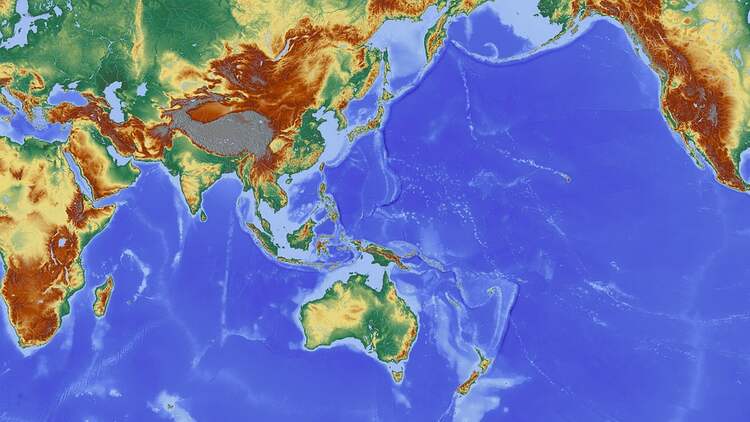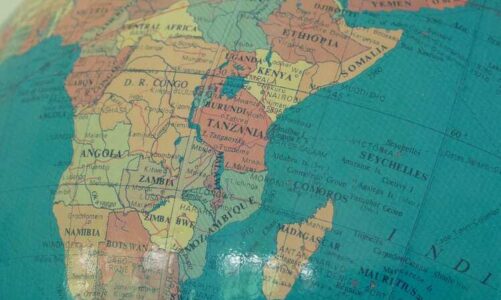Contents

Area codes are a crucial part of our modern communication system, helping us to connect with people across long distances. One such area code is 807, which covers a vast region in northwestern Ontario, Canada. In this article, we’ll delve into the history, location, and some interesting facts about the area code 807.
Location:
Area code 807 covers a large region in northwestern Ontario, Canada. It includes cities like Thunder Bay, Kenora, Dryden, Fort Frances, and Sioux Lookout. It stretches from the Manitoba border in the west to the Quebec border in the east and northward to the Hudson Bay.
History:
Area code 807 was first introduced in 1962 as part of the North American Numbering Plan (NANP), which divided North America into distinct numbering areas. At the time, the area code covered a smaller region in northwestern Ontario, including Thunder Bay and Fort William. Over the years, the area code’s coverage area expanded to include more cities and towns in the region.
Facts:
- Area code 807 covers an area of approximately 840,000 square kilometers, making it one of the largest area codes in North America.
- The region covered by area code 807 is sparsely populated, with a population density of only about 1 person per square kilometer.
- The area is home to some of the world’s largest freshwater lakes, including Lake Superior, Lake of the Woods, and Lac Seul.
- Thunder Bay, one of the largest cities in the area code, is a major transportation hub for the region, with a port that connects the Great Lakes to the Atlantic Ocean.
- The region is known for its natural beauty, with vast forests, rugged terrain, and an abundance of wildlife.
Conclusion:
Area code 807 covers a vast and sparsely populated region in northwestern Ontario, Canada, including cities like Thunder Bay, Kenora, Dryden, Fort Frances, and Sioux Lookout. It was first introduced in 1962 and has since expanded to cover a larger area. The region is known for its natural beauty, including some of the world’s largest freshwater lakes and vast forests.
FAQ’S
Q: What is area code 807?
A: Area code 807 is a telephone area code in Canada. It covers Northwestern Ontario, including the cities of Thunder Bay, Kenora, Dryden, and Fort Frances.
Q: When was area code 807 created?
A: Area code 807 was created in 1962 as part of the original North American Numbering Plan (NANP) that divided North America into different numbering plan areas.
Q: What are the cities and towns covered by area code 807?
A: Area code 807 covers the entire Northwestern Ontario region, including the cities of Thunder Bay, Kenora, Dryden, Fort Frances, Atikokan, Marathon, Manitouwadge, Red Lake, and Sioux Lookout.
Q: How do I call a phone number with the 807 area code?
A: To call a phone number with the 807 area code, you need to dial the area code followed by the seven-digit local phone number. For example, if you want to call a number in Thunder Bay with the phone number 555-1234, you would dial 807-555-1234.
Q: Is area code 807 a toll-free number?
A: No, area code 807 is not a toll-free number. Toll-free numbers in Canada use the area codes 800, 844, 855, 866, 877, and 888.
Q: Can I keep my phone number if I move out of the 807 area code?
A: Yes, you can keep your phone number if you move out of the 807 area code. This is known as number portability, and it allows you to transfer your existing phone number to a new location.
Q: Are there any plans to change or add area codes in the 807 area code region?
A: There are currently no plans to change or add area codes in the 807 area code region. However, as the population and demand for phone numbers grow, it is possible that new area codes will be introduced in the future.
Q: How do I find out more information about area code 807?
A: You can find more information about area code 807 by contacting your phone service provider or visiting the Canadian Numbering Administrator website at www.cnac.ca.



